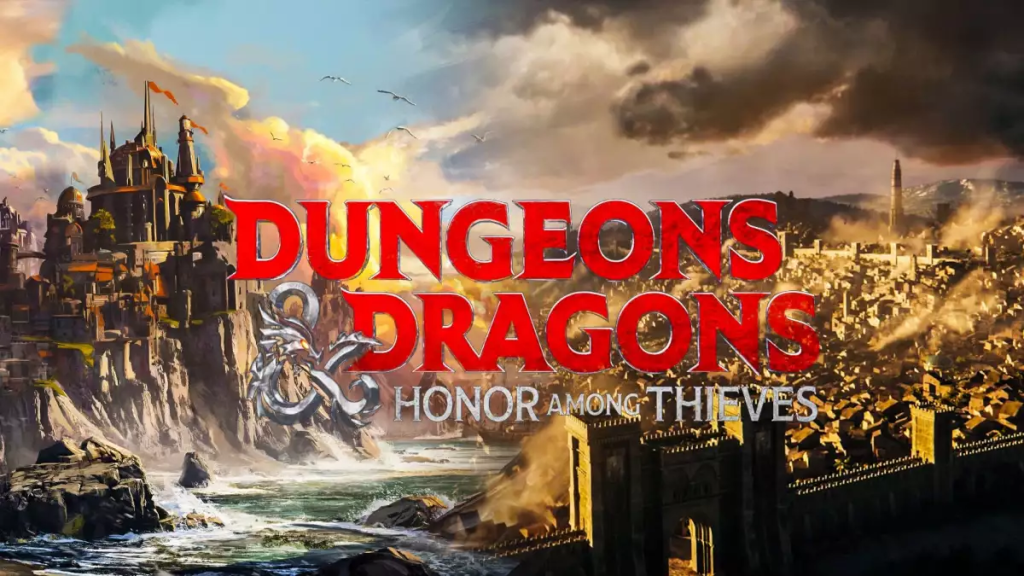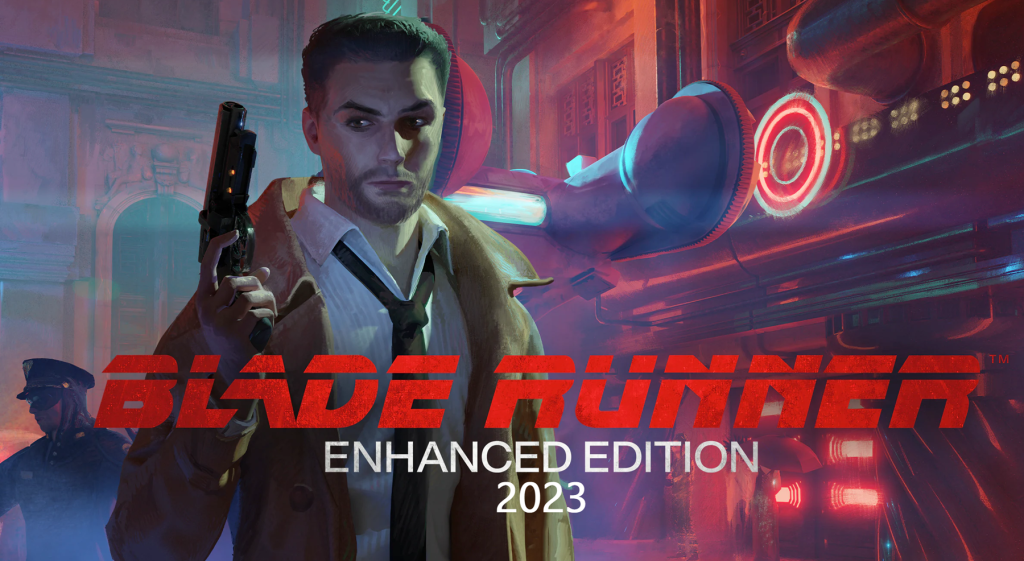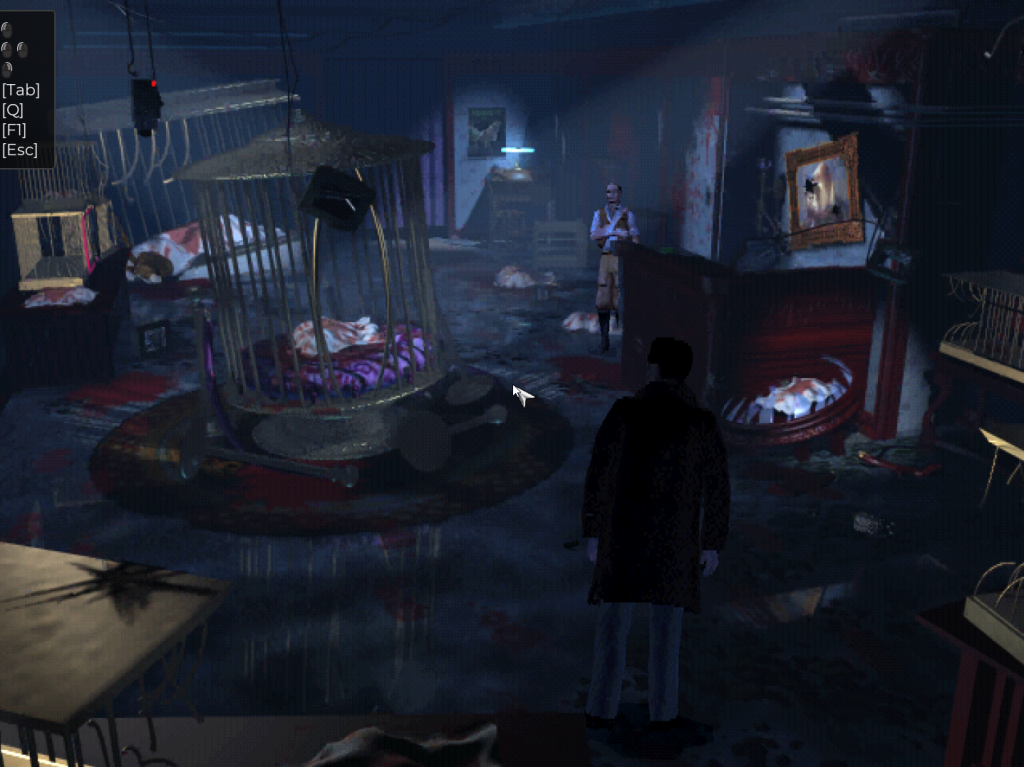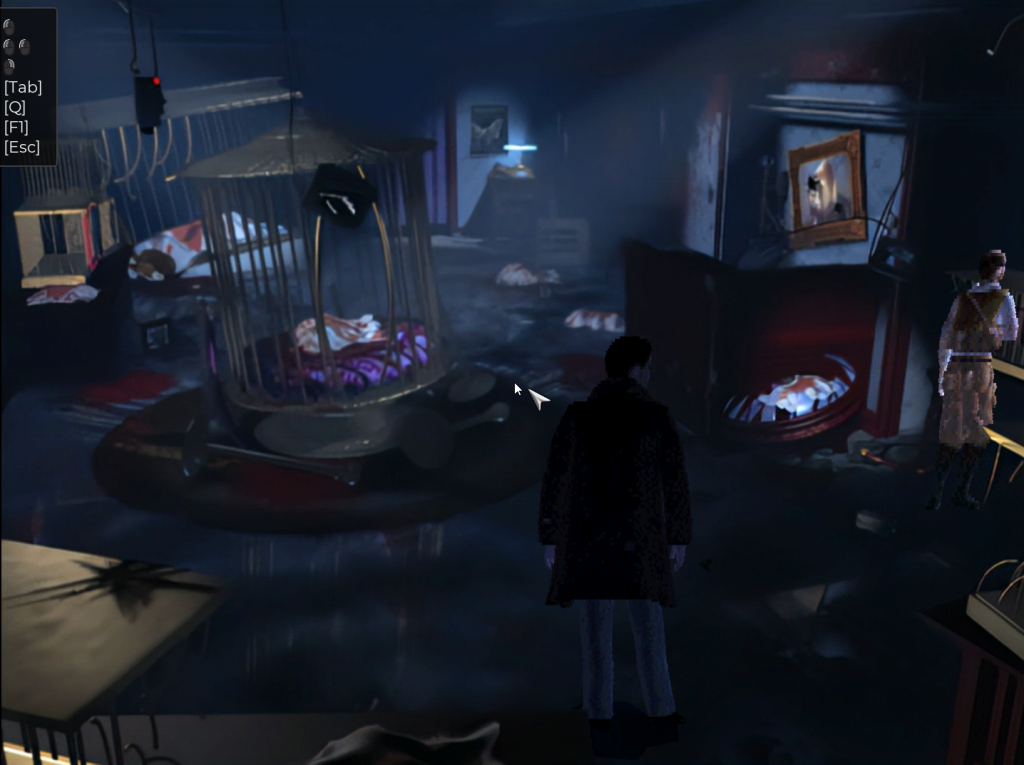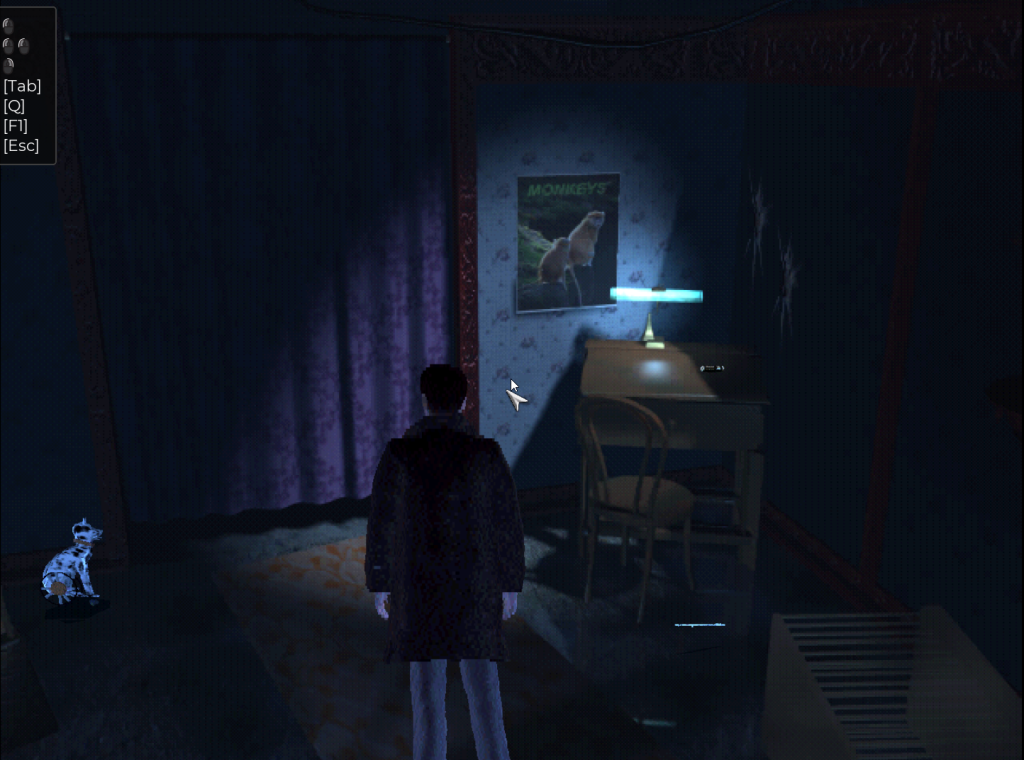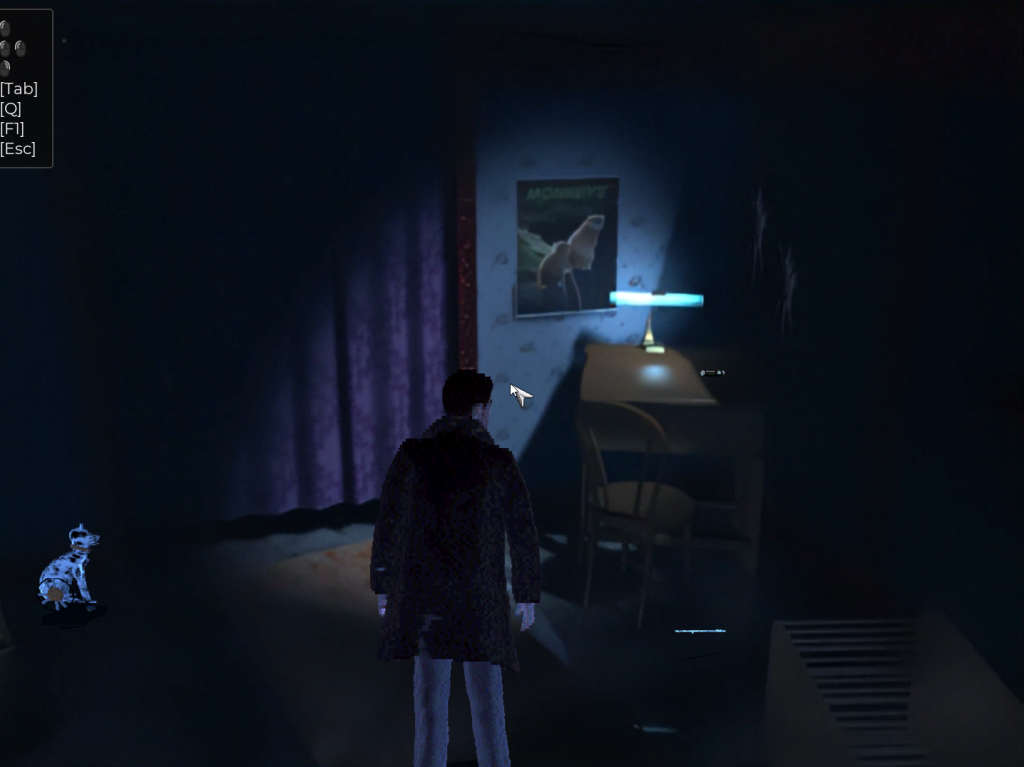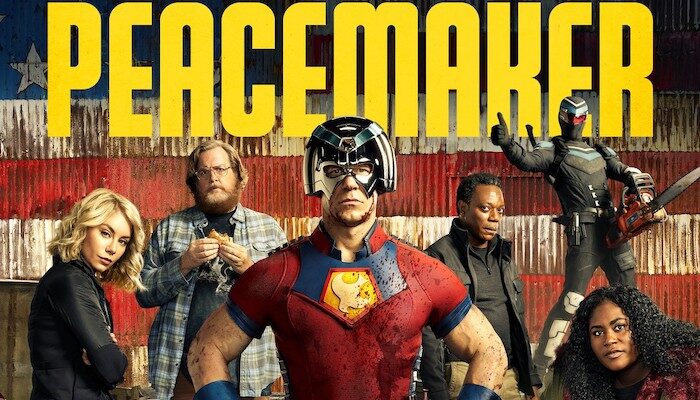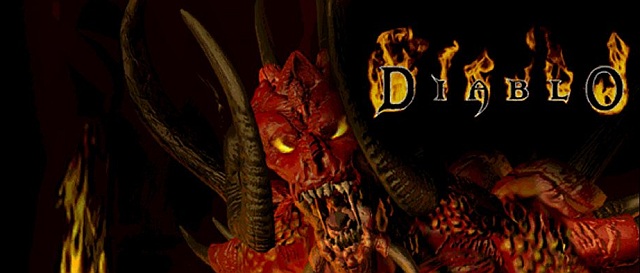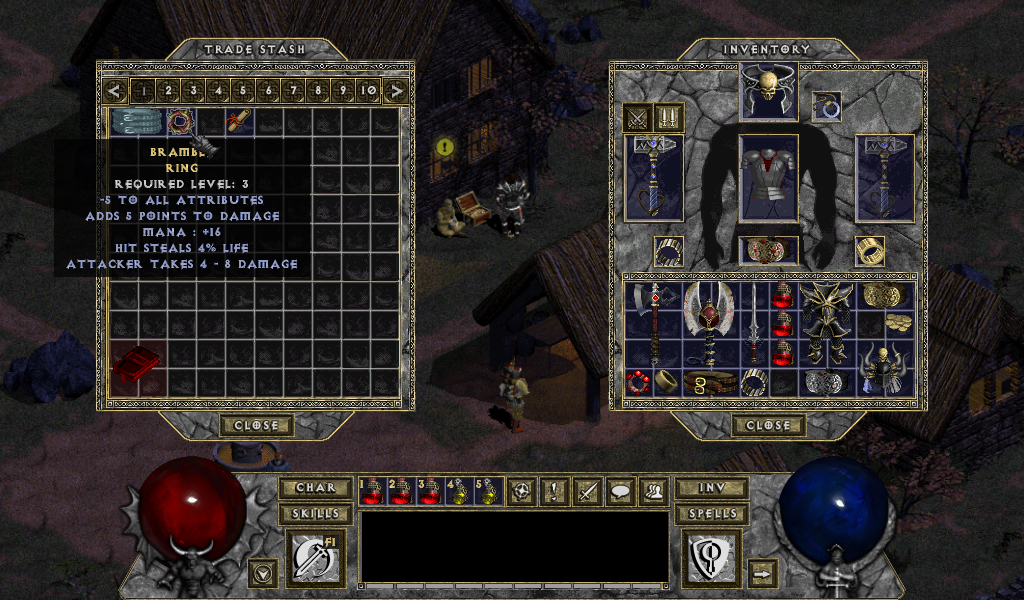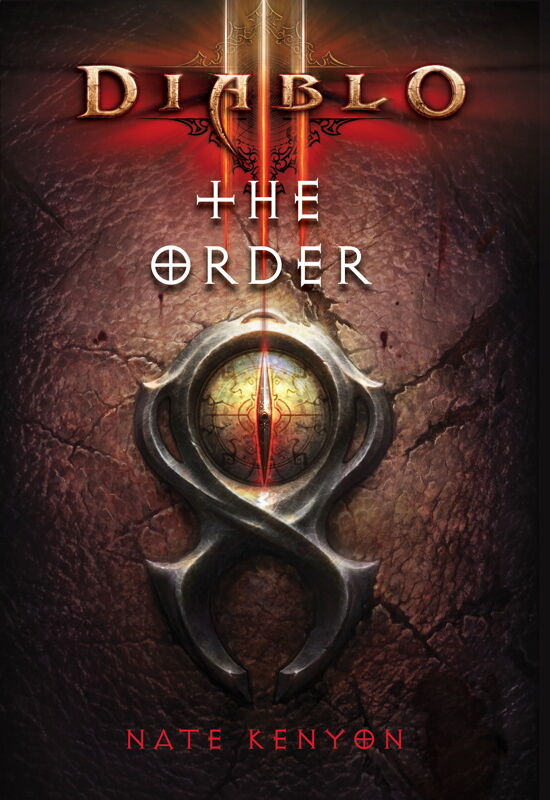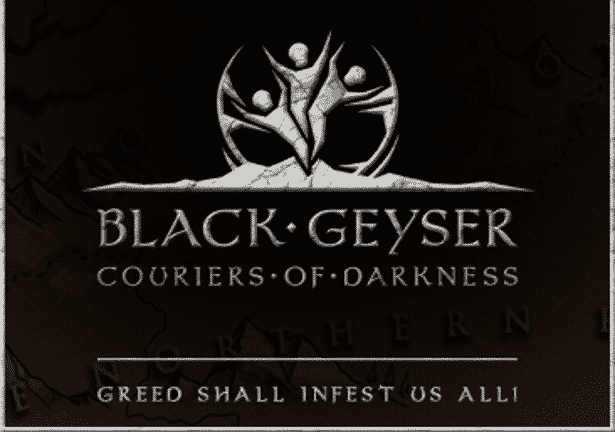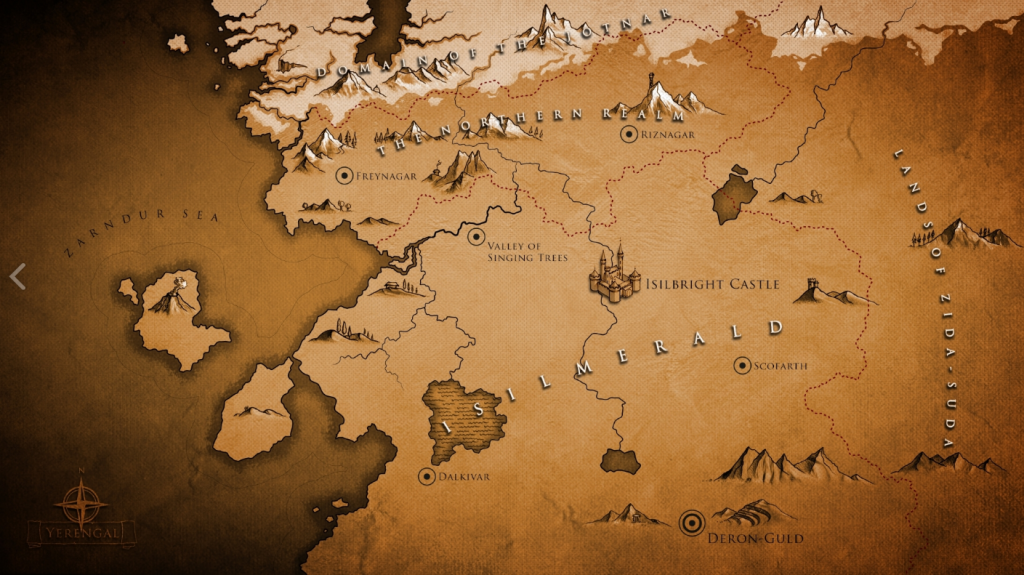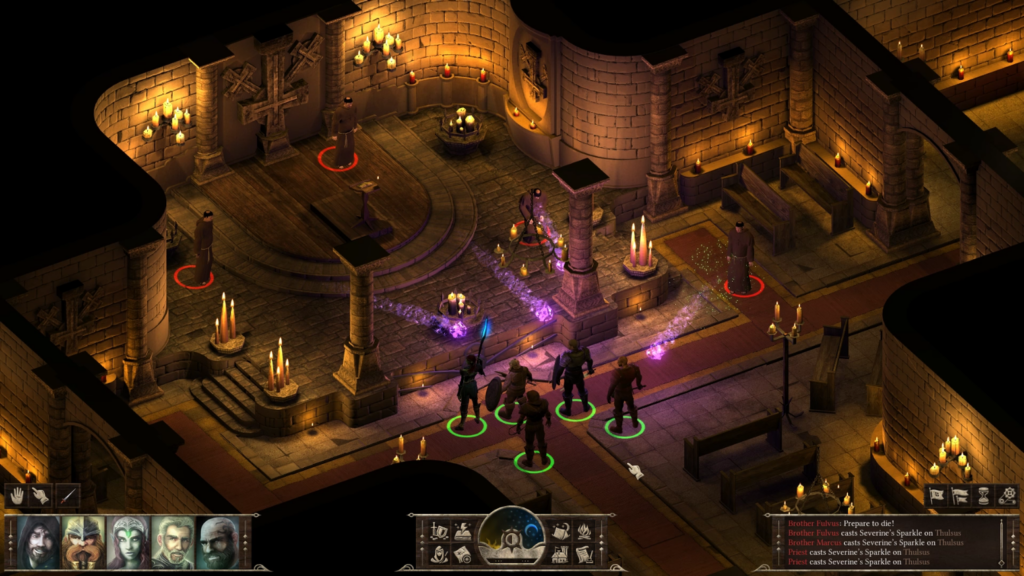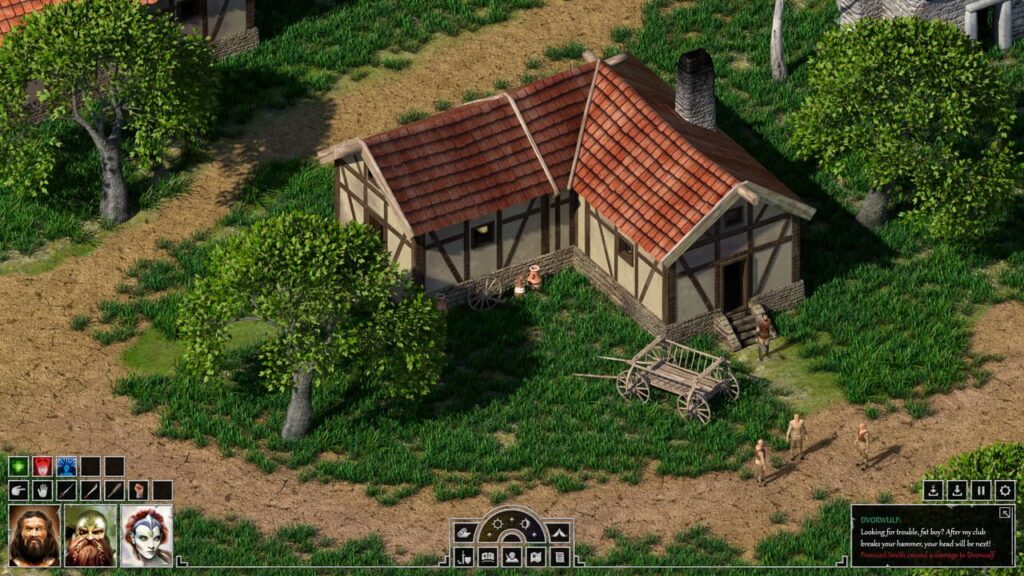
Pink Floyd is in the news again, but for all the worst possible reasons. As part of a celebration of the 50th (now 51st!) anniversary of the release of Dark Side of the Moon, a short film animation contest was held by Pink Floyd – go ye forth and make a short film for each song on the album. Out of 900 submissions, 10 finalised were chosen.
The winners for each song would receive £10,000 for each video that won, according to Pink Floyd’s website, with further terms stating that additional prizes would include £100,000, £25,000, and £10,000 – prizes which were eventually won (respectively) by Rati Dabrundashvili (£100,000), David Horne (£50,000), and Monica Fibbi (£25,000), as reported by Mary Varvaris at themusic.com.au.
However, this is where the story blew up.
As reported by Bleeding Cool: “Ten winners were announced by Nick Mason. However there may be an issue with one of them. The winning video by Damián Gaume for Any Colour You Like was created, according to Gaume, using Stable Diffusion AI software. There was an immediate backlash and reaction against this video online, which overshadowed the other nine winners and the planned overall winners intended to be announced tomorrow. Some condemned one of the judges Gerald Scarfe, especially as the cartoonist and animator most associated with Pink Floyd’s album and movie Another Brick in the Wall, which included intricate hand drawn animation, based on his cartoons, and considered a true classic.”
In the midst of this absolute shit sandwich, one contestant, the German artist The Insaneum, who submitted a short film for the song Eclipse, revealed he’s spent a year working on his contribution with his girlfriend. And what he submitted was nothing short of remarkable – a hand-rendered science-fiction retro artdeco video that beautifully interpreted the thematic and visual themes from Pink Floyd’s Eclipse.
Which brings us to the heart of the matter. Once again, I think it’s important to remind everyone that AI “art” can be put into the same category as NFTs and cryptocurrencies: short-term grifts designed to bezzle the unsuspecting and display a grotesque act of social [status] flexing.
Sure, you might think you can make something cool and unique – but it’s not you doing it – instead, you’ve simply outsourced the actual creation of art to a program that will trawl the internet and amalgamate assorted images to match specified keyword parameters with no understanding of how any of them relate.
Or said less nicely: it’s theft. It’s stealing images and videos from all over the net and amalgamating them into something that gives the appearance of creativity but which ultimately doesn’t understand what it’s even rendering, because there’s no underlying ontological system in place to understand how any of the objects and people relate to one another. It’s simply mashing things together like an ugly stew, with no regards to or understanding of style, design, or aesthetics.
How many “AI-tweaked” book covers have featured grotesque hands, nightmare roses, illegible and unreadable text, jagged and asymmetrical doors and gates, nonsensical proportions, physical objects layered onto a scene with no understanding of perspective or proportions?
It’s all nothing more than a short-cut to paying actual humans actual wages to put actual skills that they’ve honed and trained for years to culturally meaningful and productive use. So it’s disheartening that an iconic rock group like Pink Floyd, who’ve placed so much emphasis throughout their career on original creative output, would instead nominate a video that didn’t even require any real human skill.
Now: benefit of the doubt. Maybe Nick Mason and co don’t understand how AI platforms sample from other artists without permission. Maybe they don’t even understand that there’s almost a total lack of skill involved and just went on pure, superficial looks. And hey, Nick Mason is 80 years old. It’s entirely possible he had no idea he was looking at anything rendered by AI software and lacks any understanding of the charged discourse around the topic.
If that’s the case, hopefully someone in his social circles will be able to sit him down and walk him through how bad a decision it was and do right by some of the other artists who actually put their own blood, sweat, and tears into making actual human-made art, and nominate a new winner to replace Gaume’s submission.
There’s still time to do the right thing.

